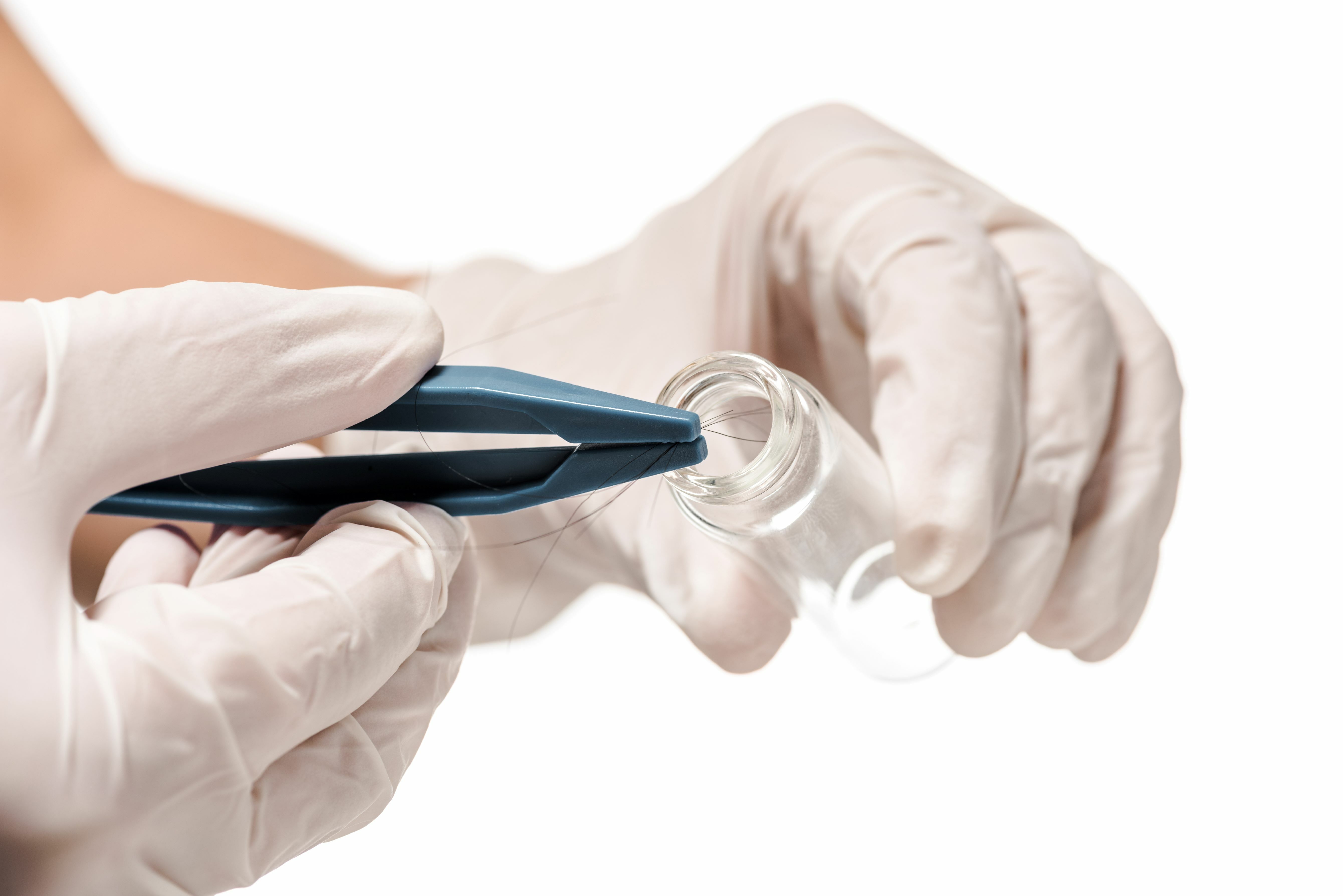Hair drug testing has emerged as an essential tool for employers to maintain a safe and productive workplace. Whether you are an employer contemplating the integration of drug testing in your organization, an employee who might undergo such a test, or someone who is subject to hair drug testing in general, several questions may arise. DISA Global Solutions aims to provide a comprehensive understanding of hair drug testing, providing the knowledge needed to navigate drug testing situations, whether you're an employer or a donor.
What is Hair Drug Testing?
Hair drug testing, also known as hair follicle drug testing, is a method used to detect the presence of drugs in a person's system. Unlike urine or blood tests that can only detect recent drug use, hair follicle drug testing provides a longer window of detection, typically covering up to 90 days.
How is the Hair Sample Collected?
Before initiating the sample collection, the donor must first ensure that all hair accessories, including hair ties, hats, or extensions, have been removed. Once it has been verified that they have sufficient hair on their head, the collector can then proceed to gather the 50mg of hair. The hair on the head must be at least 1/2 inch long and in a location that’s not too close to the top of the head. The collector will use scissors to obtain the sample as close to the scalp as possible and label the collection as head hair.
When to Use Body Hair Samples
What if you’re bald? In instances where donors lack the necessary amount of hair on the head for collection, the protocol calls for gathering body hair instead. You can combine hair from multiple areas of the body, such as arms, legs, chest, underarms, and hair below the jawline. Hair that is found beneath the jawline is classified as body hair. It can be collected using collection shears if the hair is of sufficient length, or with a single-use disposable razor. During this procedure, avoid using any shaving aids. The amount of body hair required for collection remains consistent at 50mg.
Important to note:
- Never mix head and body hair samples in the same piece of foil!
- Pubic hair is not an accepted form of body hair!
How Does the Testing Work?
Once collected, the hair sample is sent to a certified laboratory. There, it undergoes a two-step process:
- Screening Test: The first step is an Enzyme-Linked Immunosorbent Assay (ELISA) test – a reliable and proven methodology for routine drug testing. If the ELISA test detects any drug metabolites, the sample proceeds to the next level of testing.
- Confirmation Test: This second step uses gas chromatography/mass spectrometry (GC/MS) or liquid chromatography/mass spectrometry/mass spectrometry (LC/MS/MS) technologies, which provide highly accurate results.
What Drugs Can Be Detected?
Hair drug testing can detect a variety of drugs including, but not limited to: marijuana, cocaine, opioids (including codeine, morphine, heroin, and synthetic opioids), methamphetamine, ecstasy (MDMA), and PCP.
Can You Cheat a Hair Drug Test?
Cheating a hair drug test is extremely difficult. Shampoos and other products marketed to beat hair drug tests are largely ineffective. Unlike urine tests, which can be tampered with by dilution, substitution, or adulteration, hair tests are difficult to manipulate because the sample is collected under direct supervision.
Why Employers Choose Hair Drug Testing?
Employers opt for hair drug testing for several reasons:
- Longer window of detection: Hair testing can typically detect drug use up to 90 days prior, while short-term methodologies, such as urinalysis and oral fluid tests usually only cover a period of a few days to a week. When combined with one another, employers eliminate testing gaps helping them make the most informed decisions.
- Less invasive: Some people may find the collection process less embarrassing than providing a urine sample.
- Hard to cheat: Because the sample is collected under supervision and the test is difficult to deceive, employers can feel more confident in the accuracy of the results.
Hair drug testing, especially when combined with other testing methodologies, such as urinalysis, is a reliable and efficient method for detecting the presence of drugs in a person's system. Whether you're an employer aiming to maintain a drug-free workplace or a donor wanting to understand the testing process, it's essential to comprehend the key points about hair drug testing. A clear and concise drug testing policy between employers and donors can contribute to a more positive testing experience and a healthier, more productive workplace. DISA’s professionals can assist you in building and implementing a comprehensive drug testing policy that’s industry-specific and customizable for your workplace.
Related Articles:
- 1 in Every 28 Hair Tests are Positive for Opioids
- Should We Remove Marijuana from Drug Test Panels?
- Cannabis and Workplace Drug Testing - Common Misconceptions
- DOT Approves Oral Fluid Testing for Covered Employees
Are you an employer and still have questions regarding employment screening?
DISA can help! Get answers directly from DISA’s subject matter experts with ‘Ask DISA.’
Visit www.askdisa.com to ask your questions today.
About DISA Global Solutions
Founded in 1986, DISA is the industry-leading provider of employee screening and compliance services. Headquartered in Houston, with more than 35 offices throughout the U.S. and Canada, DISA’s comprehensive scope of services includes drug and alcohol testing, background screening, occupational health, and transportation compliance. DISA assists employers in making informed staffing decisions while building a culture of safety in their workplace.
